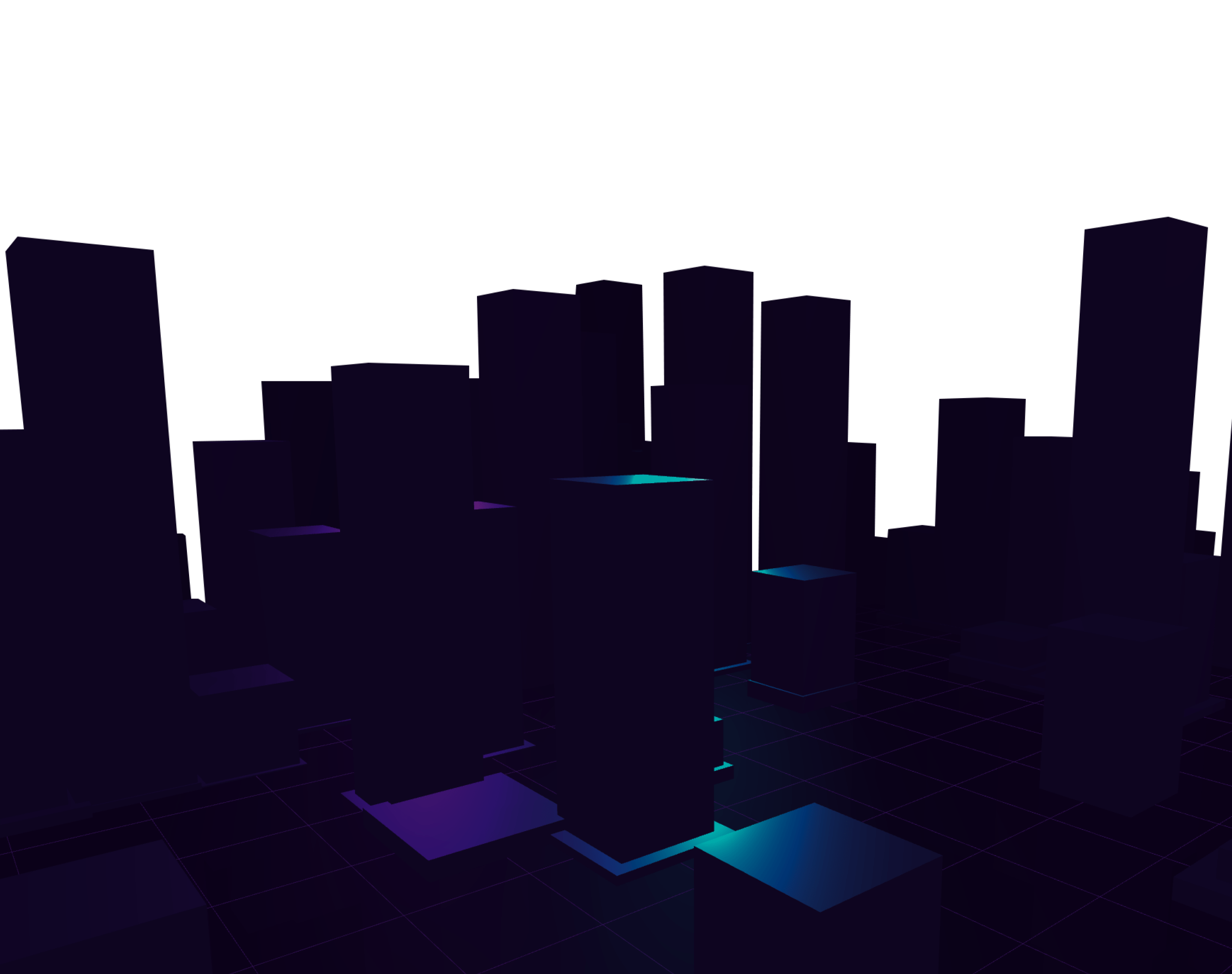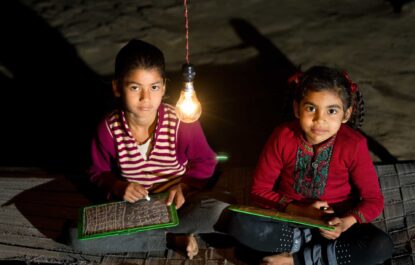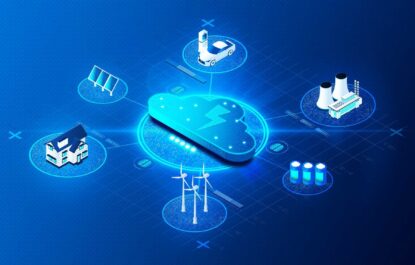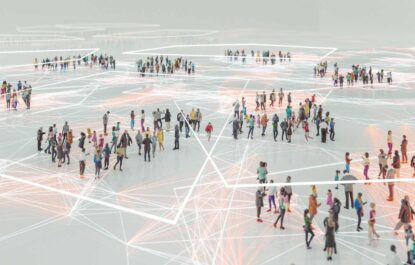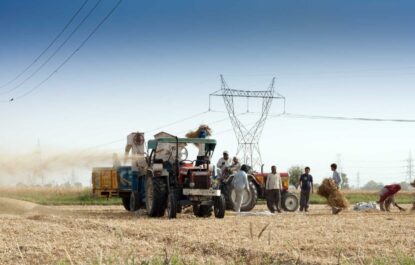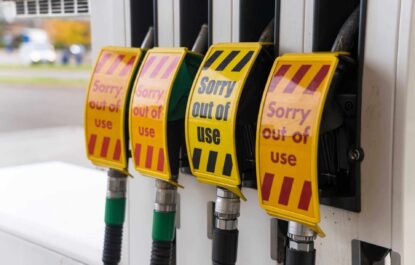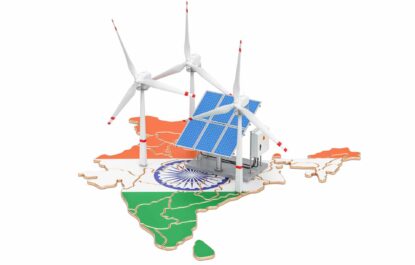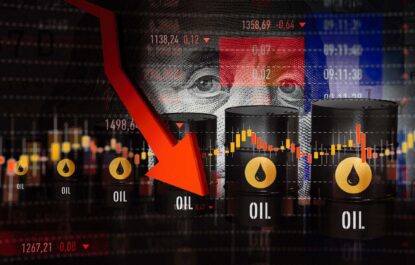What is a microgrid?
Even though microgrids have been employed, albeit in a limited capacity, for a couple of decades now, they’ve only recently become a significant part of the energy conversation. Governments, companies, institutions, and communities have just begun to realize the massive potential of these small-scale electricity supply grids. So, what exactly is a microgrid? How does it help with power cuts? And where does Voltreum fit?
The US Department of Energy’s Microgrid Exchange Group defines a microgrid as: “A group of interconnected loads and distributed energy resources within clearly defined electrical boundaries that acts as a single controllable entity with respect to the grid. A microgrid can connect and disconnect from the grid to operate in grid-connected and island mode.”
Simply put, a microgrid is a self-sufficient energy system that generates and supplies energy to the local area. It comprises several distributed energy resources (DERs), storage batteries, supply infrastructure, and intelligent automation software.
Three key features define a microgrid:
- It produces and distributes energy locally.
- It can operate in grid-connected and island mode when the central supply is down.
- It is an intelligent system that uses sophisticated software to control multiple resources and calibrate them towards a common energy goal.
What are the different types of microgrids?
Microgrids come in three primary forms:
- Remote
These microgrids are disconnected from the central grid and operate only in island mode. Usually situated in remote locations with topographic and demographic challenges that make setting up transmission infrastructure infeasible, remote microgrids use variable renewables for their energy supply.
- Grid-connected
This microgrid is connected to the central power supply via a switching mechanism at the point of common coupling. It usually acts as a backup to the main grid, initiating operations only when the central supply gets disrupted. It provides grid services to stabilize frequency and voltage while addressing quality as well as reliability needs in grid-connected scenarios.
- Networked
When several microgrids are connected to the same utility grid circuit segment and service a wider geographical area, they are called networked or nested microgrids. A central control system coordinates each microgrid in different hierarchy tiers in connected or island mode.
What are its biggest advantages?
Microgrids provide sustainable, reliable, resilient, efficient, and affordable access to electricity. They’re perfectly suited to address power outage issues by decentralizing and democratizing power supply, making communities self-sufficient.
Here are some of the biggest advantages that microgrids can offer us:
- Decentralization of energy
Currently, the central grid supplies power to the different corners of our nation. The central supply is supplemented by transmission infrastructure that connects it to each household, business, or institution. And this is where our biggest problem lies. Consumers have no control over the power supply, leaving them entirely dependent on a single source. Even minor disruptions can leave entire districts without electricity. On the other hand, microgrids enable local consumers to generate power to address their needs. This self-reliance liberates them from the erratic supply offered by the central grid.
- Reliable, resilient electricity supply
Technical issues, weather phenomena, and energy crises can disrupt the central power supply, forcing vast swathes into darkness. End consumers and local businesses end up facing the brunt of this outage. Microgrids can operate in island mode, enabling them to continue supplying power to the surrounding areas, even when the central grid is down.
- Better quality of electricity supply
India faces a vast divide in power supply between urban and rural regions. Villages in states like Jharkhand receive only 16 hours of energy per day. Despite having connections, many rural households and enterprises continue to face an erratic supply marred by blackouts and voltage fluctuations.
Microgrids can ensure that every household within the community receives a constant, stable supply to power their homes and businesses.
How does Voltreum support microgrid operations?
Renewable microgrids, though reliable, still have prohibitive costs attached to them. While government subsidies have brought down costs substantially, peer-to-peer energy trading further allays the expense.
Voltreum is a blockchain-based P2P energy trading platform that enables energy producers to sell excess energy to energy-deficient consumers. It helps monetize the microgrid’s excess energy, making it much more affordable for consumers. It also ensures a better last-mile electricity supply as households within the community can trade energy to ensure a constant supply for everyone.
To learn more about microgrids, P2P energy trading, and Voltreum, visit our website today.


